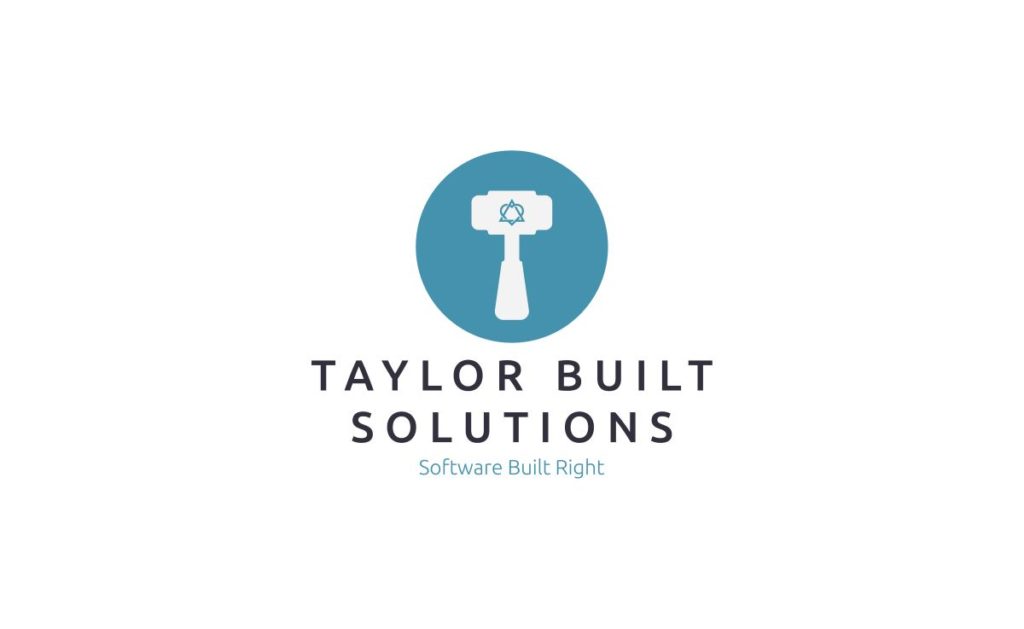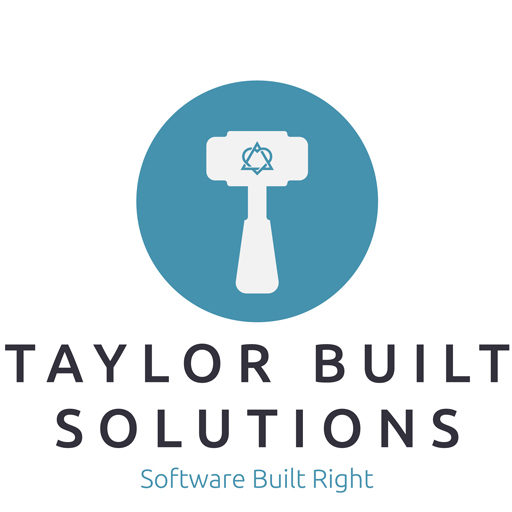
In recent weeks I’ve been busy on several projects in and outside of work. These projects have spawned lots of discussion surrounding the requirements for and definitions of done. Through these discussions I’ve been reminded of three essential points of effective communication. I chose the word reminded because I’ve learned all of these in the past. These aren’t new lessons. They are, however, things that I haven’t practiced nearly as much as I should have. Much of this post will be focused on communicating within the software development process. That being said these points will still help any one to learn to communicate effectively both in personal and business life.

Text is good; Voice and visual can be better
These days text communication is incredibly important for planning software projects. In the software development process the type of text communication are often:
- Requirements Documents
- Task management items for tasks, bugs, and testing
- Emails with questions on projects and attached documents
- Chat either in individual or group form
All of these types of communicating can be effective at capturing ideas at the point in time that they’re written. These different forms of text serve different time based needs and, if used well, can make a team incredibly effective. If you don’t have to bother somebody and force them to context switch away from what they’re working on, you’ve just saved them and yourself a bunch of time.
Unspoken Context
HOWEVER text based communication is inherently lacking in context and is very easy to misinterpret. It’s good for asking explicit and clear questions, setting a plan for a discussion, or recording what was said in a discussion. That being said, any information that was written in a vague manner or left out will be misunderstood at some point. The reason for this? Unspoken context
This unspoken context plays out in the tone of our voice or our body language. If you have any hint that the person you’ve emailed or sent a chat message doesn’t understand what you’re saying, pick up the phone and call them. Better yet start up a video chat session so that you can read each others expressions. Or, if you’re located in the same building, walk over to their desk and talk to them in person. You’re already talking with them and hopefully won’t cause them to context switch over to your topic.
Text communication is somewhere between terrible and maybe moderately acceptable for clearing up confusion. This should be no surprise to anybody. I’m sure that we have all had the experience of talking a point out with somebody and having them say “Ohhh, THAT’S what you meant!”
With that, let’s move on to the next way to communicate effectively:
Use In Person Communication to Move Forward Quickly
The other reminder for the use of voice/in person communication I had recently was for the case of making somebody feel important and special. We are all very busy and the interruption of a phone call when we’re in the middle of something can be frustrating. However, if you’re stuck waiting on somebody to get something done, having them call you to get things resolved can feel great. If you’re doing work for somebody and suspect that you’re blocking progress, pick up the phone and call them to give them an update. Keep the following in mind:
Good news is exciting and bad news doesn’t get better with age. Said another way:

Sidebar about remote work
I have heard the argument that remote work is not effective because most communication happens asynchronously and in text form. Given how terrible text communication can be, I can understand this argument. Remember, however, that there are a myriad of secure and reliable conferencing tools available that provide audio, video, or both. Using these tools you can make the necessary communication happen across vast distances.
Additionally, while communication that provides context is critically important, people need time to process and focus to work effectively. There has to be a mix of synchronous / face to face communication and asynchronous text based communication for many jobs.
Jason Fried and David Heinemeier Hansson talk about this in their book Remote: Office Not Required.
The DRY Principle: Don’t Repeat Yourself
Recently I was having a conversation with somebody about the requirements for a project and found myself asking the same question over and over again in different words. When I caught myself doing this I realized that there was a big problem in the conversation. At that point I asked for some time to go think and research and to follow up later. It made me realize the following:
If somebody asks what you mean after you’ve explained something, take that as an opportunity to understand why they didn’t understand and address that. Don’t just repeat yourself in different words.
This is something that I realized that I need to get better at. Often I don’t feel as if I’ve got the energy to put into understanding and communicating well (per my previous post “Permission to Fail”). However, with some patience from both myself and those I communicate with, I know I’ll get better at this.
Be Patient — Learn to reset your own expectations easily
During the course of discussing the requirements for the projects I’ve been working on it has seemed like we’ve gone around and around in an endless set of discussions. Some of the discussions ended with my co-workers frustrated at answers I gave and how long I took to complete parts of the project. Some ended with me being frustrated that requirements I needed weren’t communicated until after I’d done lots of work that would have to be undone.
This happens to everybody eventually and moving past it requires one of the hardest skills to cultivate: patience.
The problem is that the answer to one question often leads to more questions. I know that I need to re-evaluate my expectations every time I answer a round of questions or hear some answers I don’t like. This is something that I am still learning to do and don’t have great advice on how you can get better at. If you’ve got advice on how to do this, I’d love to hear from you!
Conclusion
Communication is HARD. Communicating effectively is even harder.
While I could end the post with that comment, I won’t. The summary of my thoughts boils down to these points:
Use the right tool to communicate what you’re trying to say.
- Pick up the phone and talk to somebody or meet them face to face if you want them to feel special or you need to really hash things out quickly.
- Do your best to listen to understand.
- Don’t repeat yourself (not even with different words).
- Be patient with yourself and those you talk with
- Reset your expectations throughout the conversation
Thank you for taking the time to get to this point in the post. I would love to hear your thoughts on this!

2 Responses
Good information and article. However, when you are speaking with people who are hard of hearing, it does help them to repeat your statement using different words so they can clarify what they may have misunderstood.
You are very correct. This is something that I hadn’t considered or addressed in the post. That being said, I should have clarified that the context for this statement is when both sides are able to understand the words being said but aren’t listening. Times when communication is breaking down because each side in the conversation is trying to “win” the conversation. At that point the parties need to step back and try to really understand where the problem in communication is.